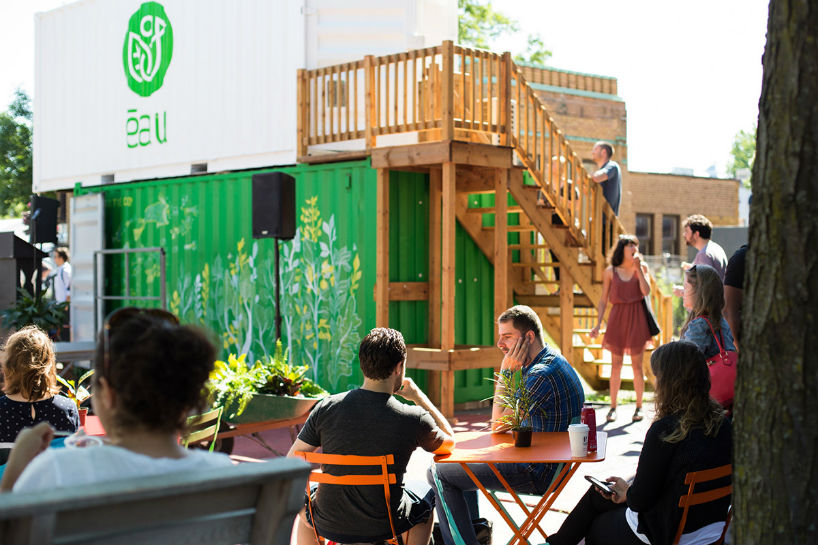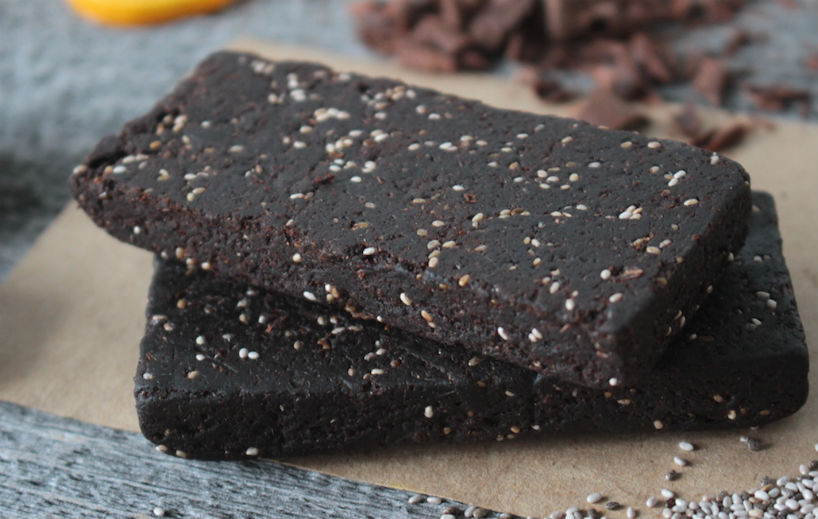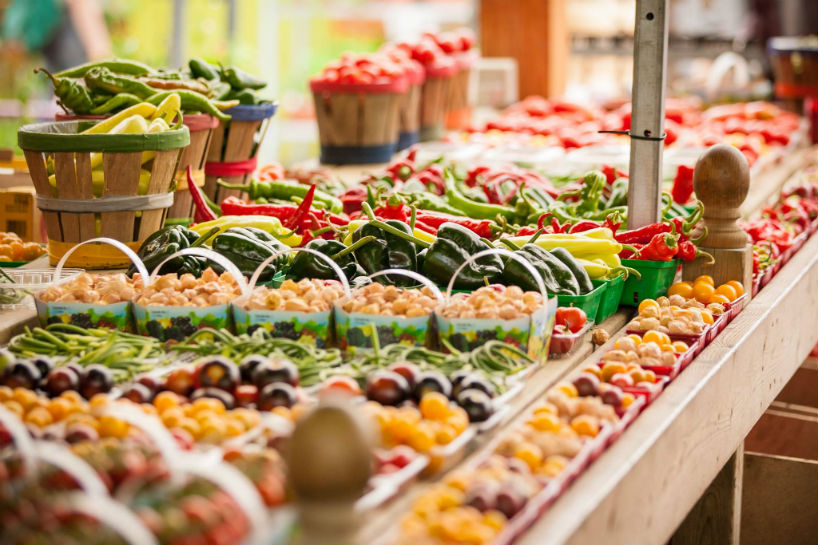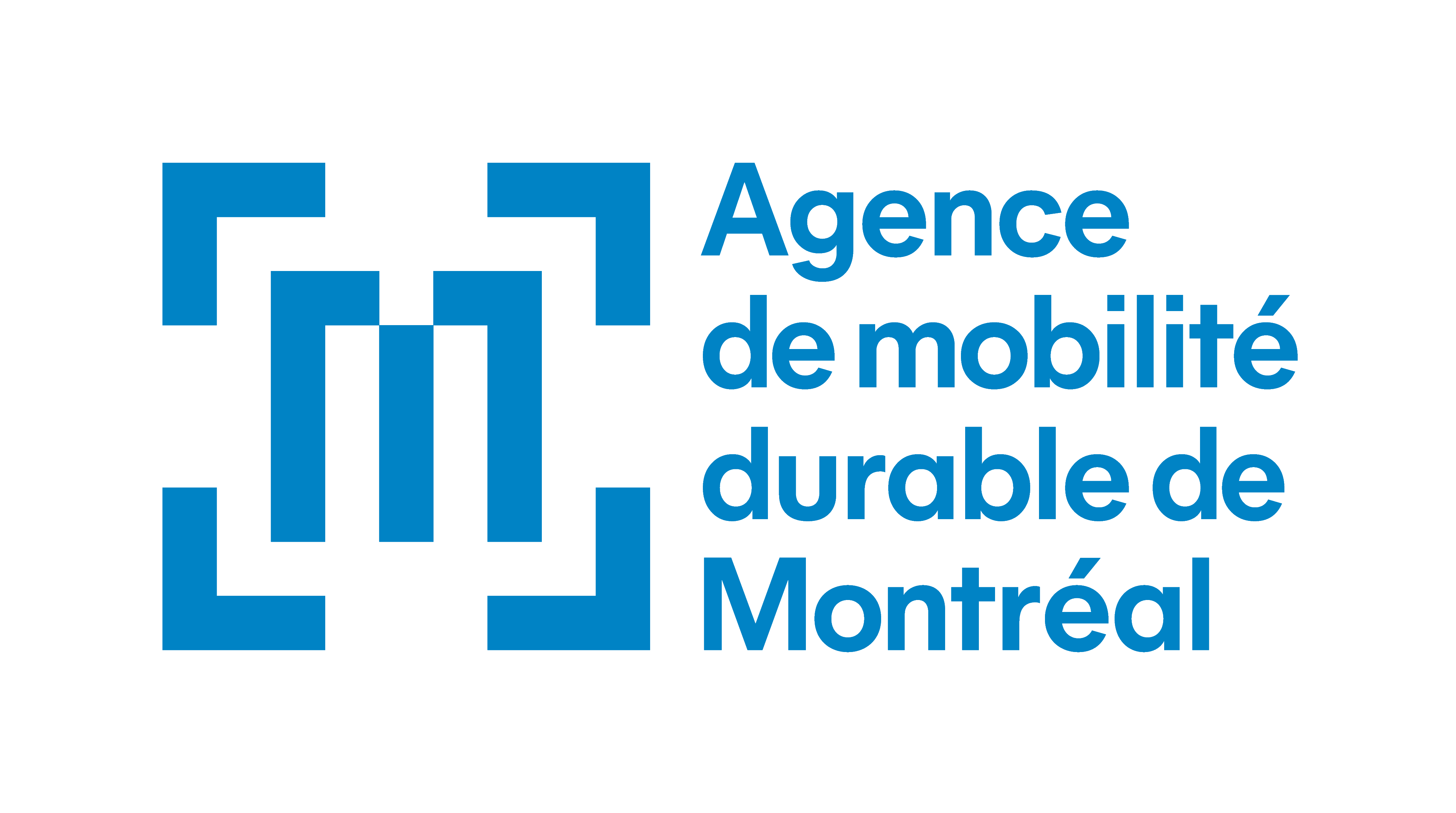The food industry according to the "Nutritionniste urbain"
From the “zero waste” movement to urban agriculture, a look at how the food industry is changing to meet consumer expectations.
Leading up to the Novae Forum, slated for this fall in Montreal, we will be talking with experts across the food, energy, finance and architecture industries to get a clearer picture of certain trends. For the second article in this series, we will be talking about food trends with Bernard Lavallée, the Nutritionniste Urbain. Lavallée is a nutritionist at Extenso, the Université de Montréal’s nutrition reference centre, and is the author of the book Sauver la planète une bouchée à la fois (saving the planet one bite at a time).

Bernard Lavallée
“Zero food waste” will influence businesses, and cities
“The zero waste movement has exploded in 2017. It is THE hottest trend in the food industry. It’s amazing to see businesses like this popping up all over the place—we would have thought this unthinkable just a few years ago,” explains Lavallée. In Quebec, around ten zero waste grocery stores have opened since early 2016, in Montreal and outside of urban centres, and buying bulk is becoming increasingly popular. “The excitement over zero waste reminds me of when ‘flexitarianism’ [a term for vegetarians who occasionally eat meat] was big several years back. Now, eating less meat has become a moral value, and I think it will be the same with zero waste.” Several cities in the country have also expressed their support for zero waste. Ottawa and Gatineau have made commitments to remove any obstacles to business development for companies involved in the zero waste movement. The City of Vancouver goes even further with its goal to cut waste by 50% by 2020.
Urban agriculture will help consumers reconnect with their food
While urban agriculture is nothing new, it is experiencing a surge in popularity in households and in businesses. It has become a real commercial activity, as we have seen with Alvéole, an urban beekeeping company that also promotes local honey, as well as with Blanc de Gris, which specializes in growing mushrooms in coffee grounds and selling them, and with ÉAU, the first vertical aquaponics farm in Quebec. “Consumers had lost their contact with local producers and this new wave of urban agriculture is now restoring that relationship. Behind these initiatives, there is an eagerness to show transparency to earn back consumer trust, which is one reason why urban agriculture is exploding right now. We are seeing a real desire to reconnect with food production”—a trend the nutritionist says will grow even stronger in the coming years along with urban populations. According to the United Nations, nearly 80% of the world’s population will live in cities by 2050.

ÉAU (Urban Food Ecosystems) is an urban agriculture company which develops vertical aquaponic farms in order to contribute to the community’s food empowerment.
Edible insects will win over consumers
“Do we have to eat insects to reduce our dependence on animal protein? No, not necessarily. Vegetable proteins have already been shown to be part of a healthy diet. But, while we might not be ready to accept it, eating insects is definitely going to be a trend to keep an eye on. In the West, this will mostly involve eating processed insect products, like protein bars. And while we haven’t yet incorporated it into Western food culture, insects have been a part of the diets of many other cultures for quite some time.” Indeed, more than 2,000 edible insect species have been recognized (including caterpillars and ants) and, today, over two billion people—a third of the world’s population—practice entomophagy (consuming insects), primarily in Asia and South America. “From an environmental impact perspective, this is a really beneficial diet.” For example, cricket flour is 65% protein, compared to 23% for chicken and 12% for eggs. And raising crickets produces 100 times less greenhouse gas than cows.

The crickets protein – here in the form of an energy bar of the Näak startup – is part of the dietary trends to follow
Eating local will become the norm
“Eating local has become the leading factor for consumer purchases and has surpassed buying organic.” Lavallée says that this is a deep-rooted trend, that consumer demand is on the rise for local food grown within a few-mile radius. “Local production has a very bright future. Buying local food is becoming the norm.” Last year, marketing firm Havas Worldwide published a report on food trends confirming this—over 60% of respondents said they would pay more for locally grown products. The 2016 edition of the Responsible Consumption Barometer produced by UQUAM’s responsible consumption observatory confirmed that just over one out of two Quebeckers spend at least 30% of their food budget on local products.

Just over one in two Quebeckers devotes at least 30% of its food budget to local products
Lavallée says these trends all point in the same direction: eating well. “Between nutritionists, we have not been able to agree on a single definition of ‘eating well.’ For me, one thing is certain—we cannot talk about ‘eating well’ without talking about the environment, heath, animal ethics, and enjoyment!’
Infolettre
Envoyée tous les jeudis.
Inscrivez-vous.
Suivez l’actualité de l’économie positive et engagée.
Emplois
Trouvez l'emploi idéal.
Événements
Nos prochaines activités.

